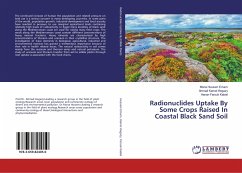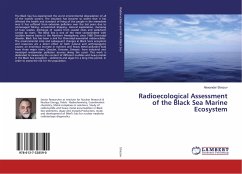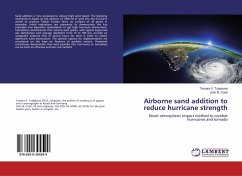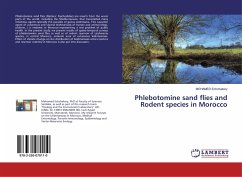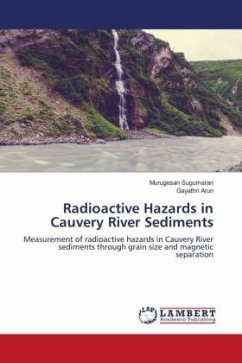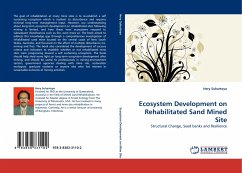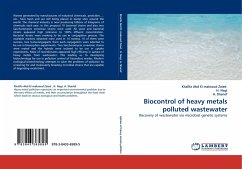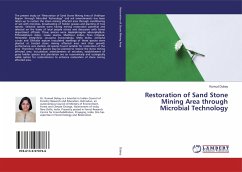The continued increase of human the population and related pressure on land use is a serious concern in many developing countries. In some parts of the world, population growth, industrial development and food security have resulted in pressure to use marginal agricultural lands containing relatively high levels of radioactivity. In Egypt many localities of black sand along the Mediterranean coast are used for raising many field crops. The sands along the Mediterranean coast contain different concentrations of heavy mineral fractions. Heavy minerals are characterized by high concentrations of thorium and uranium in their crystalline structure. The investigation of trace elements in biological, agricultural, industrial and environmental matrices has gained a tremendous importance because of their role in health related issues. The natural radioactivity in soil comes mainly from the uranium and thorium series and natural potassium. The study of uranium and thorium transfer from soil to edible plants through root uptake is associated with the food chains.
Bitte wählen Sie Ihr Anliegen aus.
Rechnungen
Retourenschein anfordern
Bestellstatus
Storno

